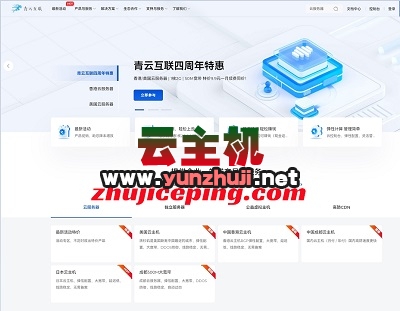Introduction to CSS
(图片来源网络,侵删)CSS, or Cascading Style Sheets, is a fundamental technology for controlling the look and feel of web pages. It’s a powerful tool that allows developers to separate the content from the design, making it easier to maintain and update websites efficiently. This tutorial aims to provide a comprehensive introduction to CSS, suitable for beginners who want to understand and start using CSS in their projects.
What is CSS?
CSS is a language used for describing the presentation of web pages written in HTML. It provides an incredible level of control over the layout, formatting, and appearance of different elements on a webpage. With CSS, you can define styles for your HTML elements such as colors, fonts, margins, borders, alignment, and much more.
Key Features of CSS:
Styling Separation: CSS allows you to separate your website’s styling from its structure (HTML), leading to cleaner code.
(图片来源网络,侵删)Control Over Presentation: Control the layout, colors, fonts, and other visual aspects of your website with precision.
Reusability: Styles can be defined once and reused across multiple elements and pages.
Dynamic Designs: Create responsive designs that adapt to different screen sizes and devices.
Pseudoclasses and Pseudoelements: Styling can be applied based on user interactions like hovering or clicking, or to parts of elements not directly represented in the document tree.
Basic Syntax
(图片来源网络,侵删)A CSS rule consists of two components: a selector and a declaration block. The selector points to the HTML element(s) you want to style, and the declaration block contains one or more declarations separated by semicolons. Each declaration includes a property and a value, separated by a colon.
selector { property: value; } For example:
p {
color: blue;
fontsize: 16px;
} This CSS rule will apply the style to all<p> elements, setting the text color to blue and the font size to 16 pixels.
How to Include CSS in Your Web Pages
There are three ways to include CSS in HTML:
1、Inline by using thestyle attribute directly within HTML elements.
2、Internal by including a<style> block in the<head> section of an HTML document.
3、External by linking to an external CSS file using the<link> tag, also in the<head> section.
Example of Including CSS:
<!DOCTYPE html>
<html>
<head>
<style>
body { backgroundcolor: lightblue; }
h1 { color: white; }
p { color: white; }
</style>
</head>
<body>
<h1>Welcome to My Website</h1>
<p>This is a paragraph.</p>
</body>
</html> Or, if you have an external CSS file namedstyles.css, you would link it like this:
<link rel="stylesheet" href="styles.css">
CSS Selectors
CSS selectors are patterns used to select the element(s) you want to style. There are several types of selectors, ranging from simple type selectors to more complex attribute and pseudoclass selectors.
Common Selectors:
Type Selectors: Select elements by their type (e.g.,p,div,a).
Class Selectors: Select elements by their class attribute (e.g.,.note).
ID Selectors: Select a single element by its ID attribute (e.g.,#main).
Group Selectors: Apply a set of styles to multiple selectors at once (e.g.,h1, h2, p).
Pseudoclass Selectors: Select elements based on a particular state (e.g.,:hover,:active).
CSS Box Model
The CSS box model is essential for understanding how space is calculated around and within elements. Every element is essentially a rectangular box consisting of:
Margin: Clear space around the border.
Border: The solid line surrounding the padding and content.
Padding: Space between the content and the border.
Content: The actual content of the box, like text or images.
Understanding the box model helps in accurately positioning and styling elements on the page.
Responsive Design with Media Queries
Responsive design ensures that your website looks good on all devices by adapting its layout based on the viewing area. Media queries allow you to apply different styles for different media types and device characteristics.
Here’s an example of a media query:
@media screen and (maxwidth: 600px) {
body {
backgroundcolor: lightgreen;
}
} This media query changes the background color of the body to light green when the viewport is 600 pixels wide or less.
Conclusion
With this introduction to CSS, you now have the foundational knowledge needed to start styling your web pages effectively. Remember, practice makes perfect, so try experimenting with different styles and layouts to improve your skills. As you progress, explore advanced topics such as CSS frameworks, preprocessors, and animations to further enhance your web development capabilities.

 云主机测评网
云主机测评网














最新评论
本站CDN与莫名CDN同款、亚太CDN、速度还不错,值得推荐。
感谢推荐我们公司产品、有什么活动会第一时间公布!
我在用这类站群服务器、还可以. 用很多年了。